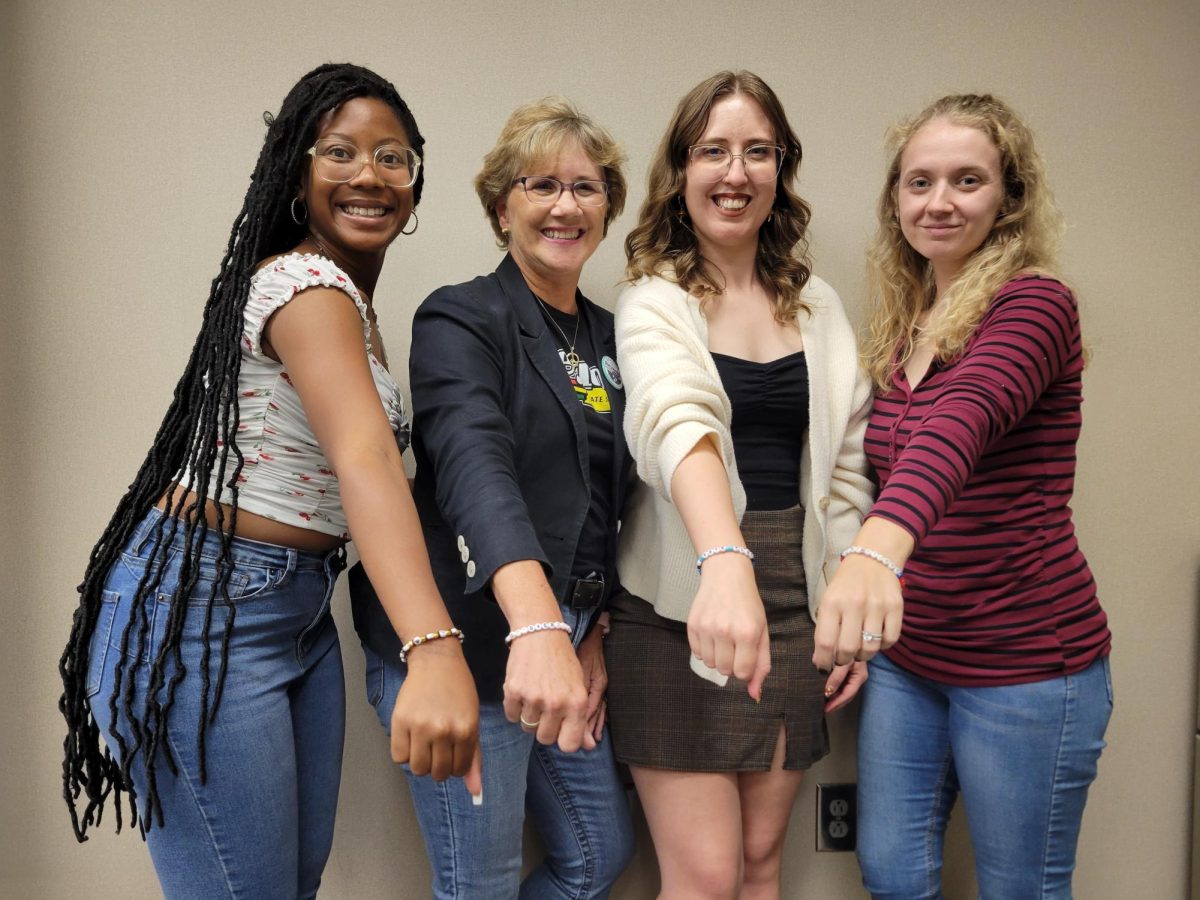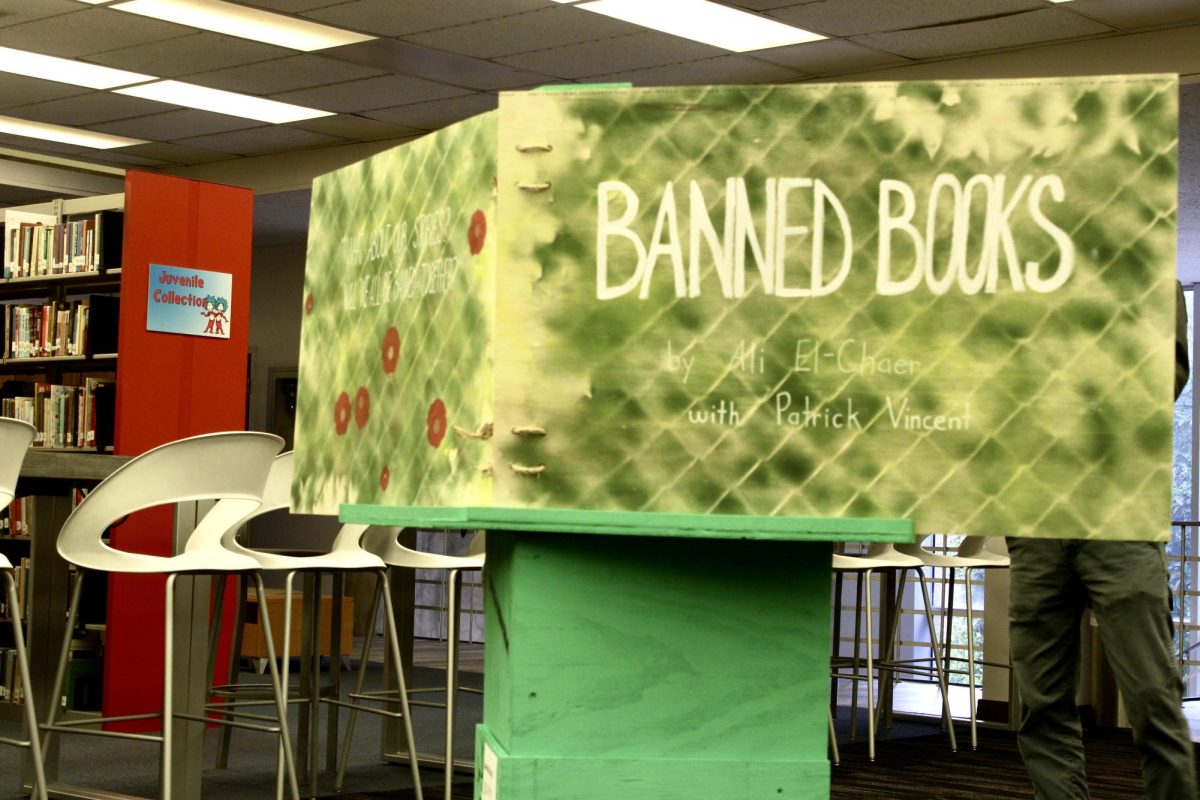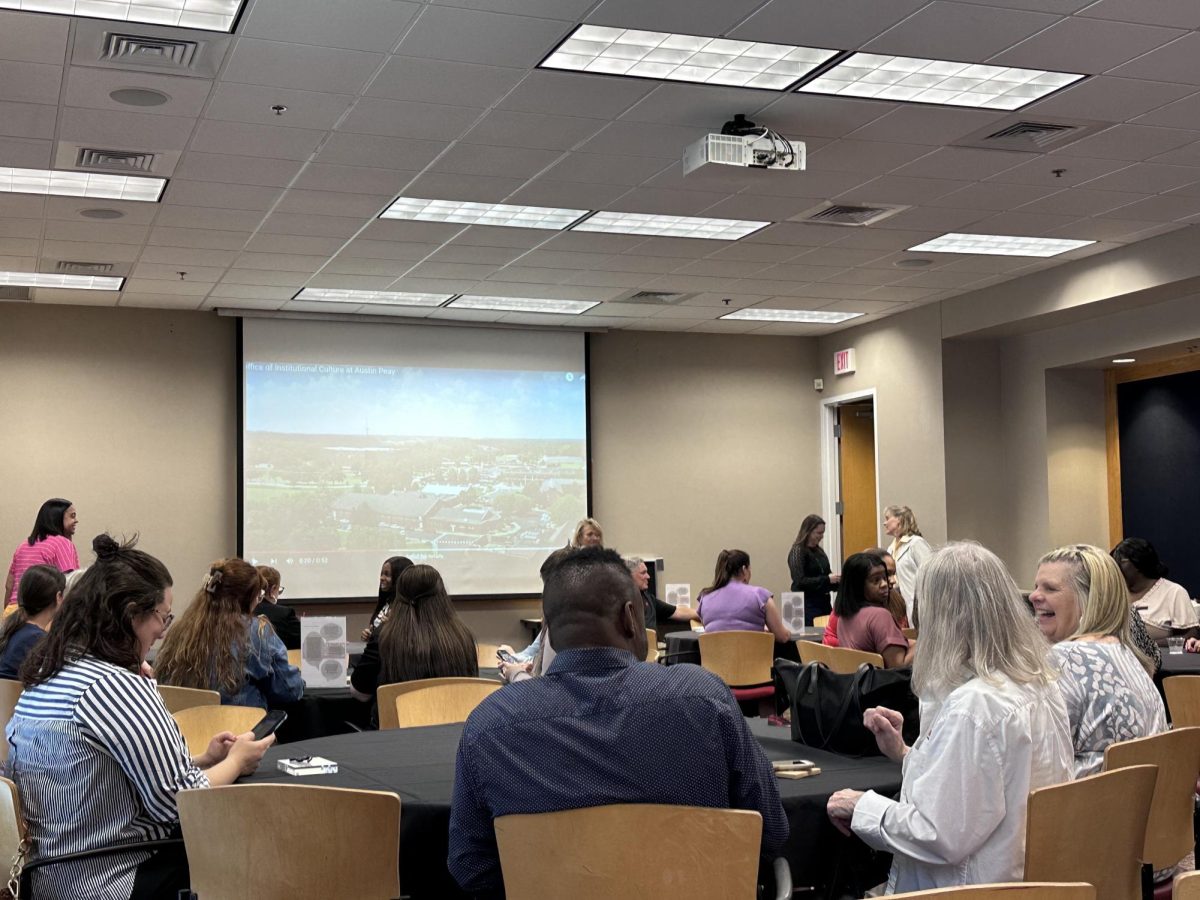The details of the shooting and subsequent death of Serdariam Brown on the evening of Oct. 27 were discussed by a team of campus leadership, led by APSU President Alisa White, at a report-out and question and answer session on Friday, Nov. 1, in the Clement Auditorium.
There were several members of the Campus Safety and Student Affairs teams in attendance and the event was moderated by SGA President Sydney Hawkins.
White asked Michael Kasitz, former APSU police chief, now Assistant Vice President for Public Safety, to recount his understanding of what had happened the night of the shooting. Kasitz explained that the Campus Police were called to the scene after shots were heard and two cars had been seen leaving the scene.
Campus Police immediately called the Clarksville Police Department to attempt to identify and locate the cars that had been seen. They then dispatched all available units to that area of the 800 block of Hand Village. In the parking lot shell casings were found, confirming there had been a shooting on campus.
Brown was driven to Tennova Medical Center by a person who had been in the car at the time of the shooting. It was then reported back to campus police that Brown was pronounced dead upon arrival at the hospital.
Kasitz explained that since the shooting resulted in death, the Clarksville Police Department became immediately in-charge of the investigation, as required by state law. The campus police took on a supporting role and assisted in managing the crime scene and locating potential witnesses.
During her remarks, White listed three concerns expressed by some students that she became aware of on Tuesday afternoon.
The first concern was her use of the term “unaffiliated” describing the victim and the alleged perpetrators in the campus-wide alert.
White explained that “affiliated or unaffiliated” is a term used in campus safety jargon to quickly identify the person involved in any incident is a student or not. She expressed regret at using this term in her email.
“I did not mean to imply that we did not care about these people because they were unaffiliated. I used the legal term. I did not realize how that might be perceived. I will not do that again,” White said.
She said the second concern she was aware of was how the descriptions of the people involved included their gender, race, “wearing a hoodie” and “a possible fade.”
This point was discussed throughout the forum from the standpoint of law enforcement’s need to locate people of interest, the fear engendered in the community because so many people match these vague attributes and the potential for systemic racial profiling.
White expressed her point of view that “my number one concern is that all people on campus will be safe, not hang out, be on the lookout.” She said she will look to her “diverse leadership team” and law enforcement to help her understand the best practices going forward.
“The goal was not to target anyone except the suspects so that you could be safe,” White said.
The third concern White addressed was that “there was not an “All-Clear” order given” that would have let residents know they could return to their dormitories.
On this point, she deferred to Kasitz, who provided the situational constraints when it comes to providing people on-campus information so that they can determine whether they should “secure in place.”
Kasitz explained that while a K-12 setting can facilitate a lockdown because they have positive control over their people in a building or two, APSU is comprised of 82 buildings and people are free to do what they choose.
In addition, the information was that the shots were heard and the suspects had left the campus as compared to a continuous, moving shooter. For all these reasons, a “lock-down” was not called for and an “all-clear” was not issued.
Campus police also did not send any officers to the Library to provide information and security to the people who were taking refuge there.
This, they explained, is because all police were assisting at the scene. However, Kasitz and Police Chief Sammie Williams committed to making sure campus police were directed to do that when and if a similar situation arises.
Mia Collins, a residential student and President of the APSU Chapter of the NAACP, remained in the library after the shooting was reported. She recounted how the description of the suspects could have been applied to other students in the library. She added that she overheard a person in the library ask whether the students in the library could be the suspects and described the tensions that inquiry brought up.
“Did anyone call campus police to say there were people matching the description in the library?” Williams asked.
“No,” Collins said.
“Because if a student called us, we would have been over there to check that out,” Williams said.
Three other students expressed their concerns on the potential racial profiling of African American students. When a man in the front row asked how the descriptions were obtained, Williams explained that there was another person in the car with the victim who drove him to the hospital. The description of the suspects was given by the person in the car with Brown to authorities at the hospital.
White said that Bleed Kits are being requisitioned for all buildings on campus. She said that if a shooting were to happen again, the recommended protocol is to call 911 immediately and “grab the first aid available to stem the bleeding.”
“These kinds of discussions are what I want to hear. I need to hear from students. I want to keep this dialogue going,” Williams said.
Other improvements and changes in protocol discussed included having ‘active shooter” response training during the fall semester as well as the annual training planned for March of each year.
There was a general consensus that the broader use of the LiveSafe App will be explored. While the smartphone application is broadly recommended to students and parents, White said she would look into whether it could be mandated or more strongly recommended.
President White closed the session as she started, restating her commitment that APSU would be a safe campus and that her office would “always be a safe place to express the concerns you have.”







